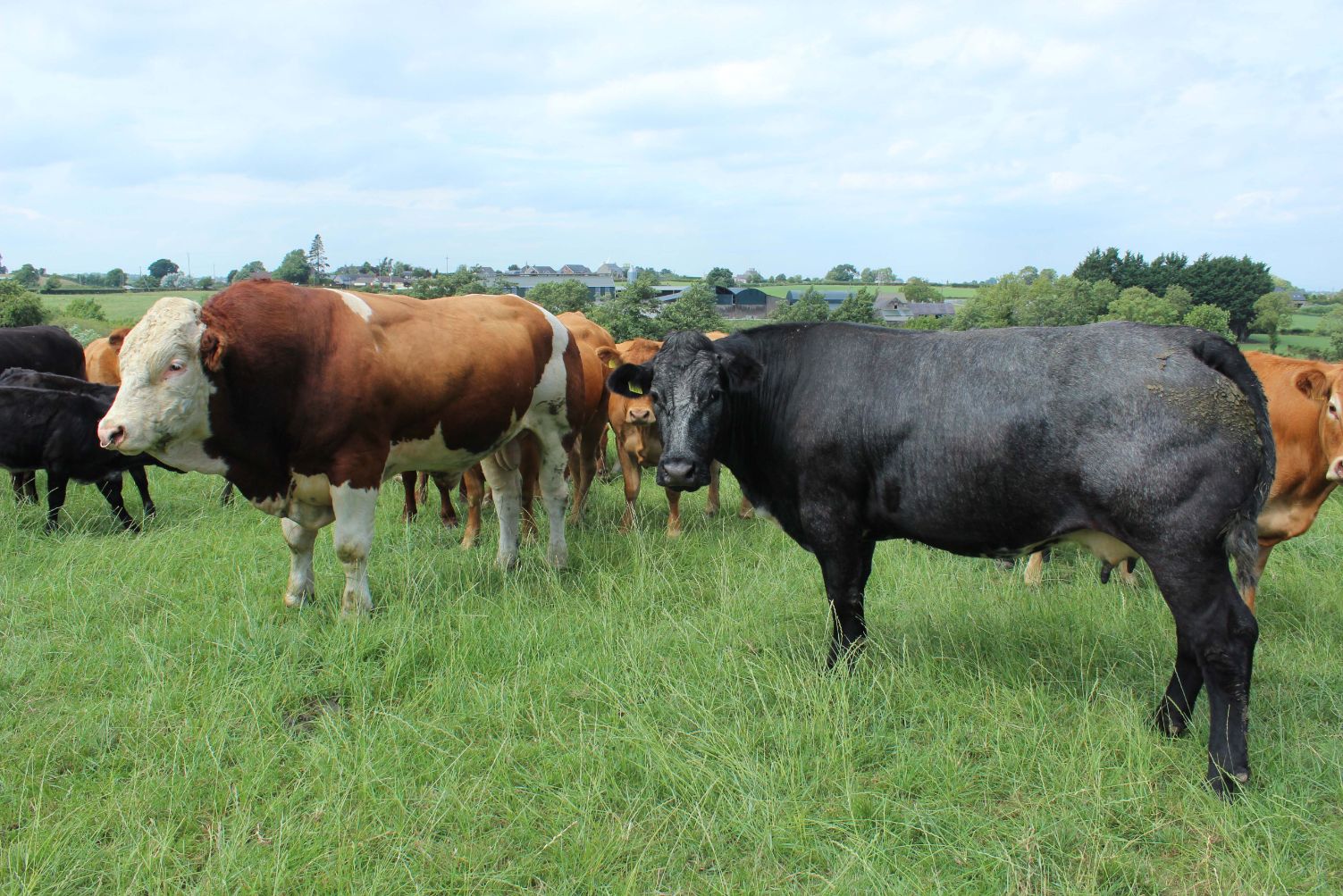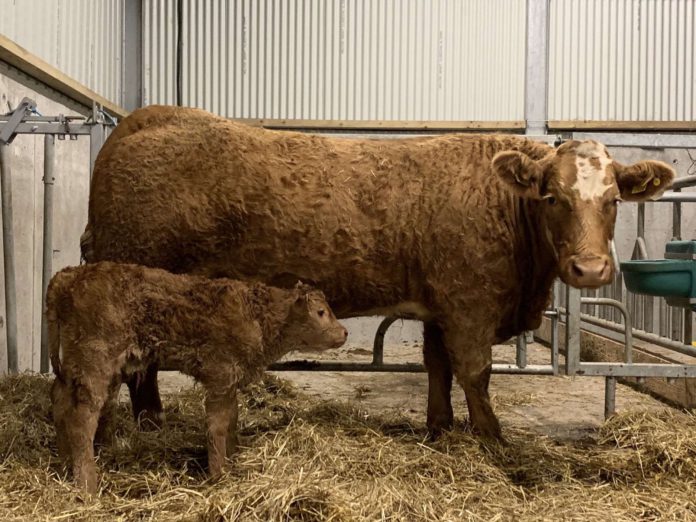In this article, Martina Harrington, Teagasc beef specialist, outlines the impact decreasing calving internals and increasing the number of calves per cow per year can have on suckler farmers’ pockets.
On average, across all suckler herds, there has been an increase of 0.08 calves per cow per year (the ‘Holy Grail’ in beef farming).
Meanwhile, the calving interval has dropped by 11 days and the percentage of heifers calved between 22 & 26 months has increased by 7% with the age at first calving dropping by 2 weeks.
All of these improvements are good news for an individual farmer from a profitability point of view.
Teagasc figures show that an increase of 0.08 calves per cow per year on your farm is worth ~ €70 in net margin per cow. Furthermore, reducing your age at 1st calving by 2 weeks is worth €3 per cow and increasing your six-week calving rate is worth ~ €10 per cow for every 10 percentage points you go up.
So, the average herd has increased the net margin of each suckler cow on their farm by €71. In a 40-cow herd, that’s an increase of €2,840 in net profit.

Increase in net profit of €11,400 – suckler cows
The top 10% of suckler farmers are performing even better with 1.04 calves per cow per year. 75% of their heifers calving between 22-26 months and 94% of their cows calving in six weeks. This is excellent performance and demonstrates what can be achieved at farm level with improved management around breeding.
So, if you were at the average mark in 2014 and really concentrated on improving the breeding performance on your farm to become one of the top 10% of farmers in 2020, how would that have improved your finances.
Again, looking at Teagasc figures in table 2, we compare the top 10% in 2020 against the national average in 2014 to show what the improved efficiencies would mean financially we get an increase of €285 in net margin per cow. Again, in a 40-cow herd that is an increase in net profit of €11,400.

Greenhouse gas emissions
The good news does not stop there. When greenhouse gas (GHG) emissions is calculated in terms of kgs of beef live weight (LW), these improved efficiencies also reduce the GHG emission intensity from suckler farms.
From 2014 to 2020, on the average farm, GHG emission intensity’s have dropped by approx. 6.6% (kg CO2 equivalent/kg LW).
Even more impressive is when the top 10% in 2020 are compared to the average in 2014, here there is a drop of between 14 -20% (kg CO2 equivalent/kg LW). Most of this drop in GHG emissions comes from the increase in calves per cow per year as there are less unproductive cows on-farm.
5-year trend report
The national figures are all going in the right direction, but what are the figures saying about your farm’s performance.
In the past couple of weeks, farmers would have been receiving their own 5-year trend report. This new report allows you to assess the breeding performance of your suckler herd over the last five years (2016 – 2020) on six Key Performance Indicators (KPI’s)
- Replacement index (Cows);
- Replacement index (1st calvers);
- Herd calving interval;
- Calves per cow per Year;
- Heifers calved at 22-26 months;
- Six-week calving rate.
As well as assessing your herd’s own performance, the report allows you to benchmark your herd against the national average and top 10% of suckler herds for each KPI.

Action
So, for every farmer, you need to take out your 5-year trend report, see where you are and then look at what you can do to try and push your herd up towards the Top 10%, put more money in your pocket and reduce GHG emission from your farm.
This could be:
- Feed your suckler cows top quality silage (>70% DMD) after she has calved & get her to grass as soon as possible
- Feed your first-time calver’s 1-2Kg of meal until they hit grass
- Get all cows and heifers out to grass as soon as possible.
- If you are not already doing so, ensure you are feeding a top quality pre-calving mineral at a rate of 100gms per cow per day
- Consider restricted suckling to bring your cow back in heat faster
- Ensure you are using a bull your cows can calve easily, if a cow has a difficult calving it will take her much longer to go back in calf
- Get your yearling heifers out to grass as soon as possible so they are a good weight for bulling (60% of their mature body weight) at 15 months.
- Check all your vaccines are up to date.
- As the season moves on, check your bull is in good working order and once he is in with the cows check cows several times a day. Write down dates of cows being served and watch for repeats, this will alert you earlier to any issues with your bull and you can act fast.
Further reading
For more information on how to increase the breeding performance of your suckler cows, talk to your Teagasc advisor.





